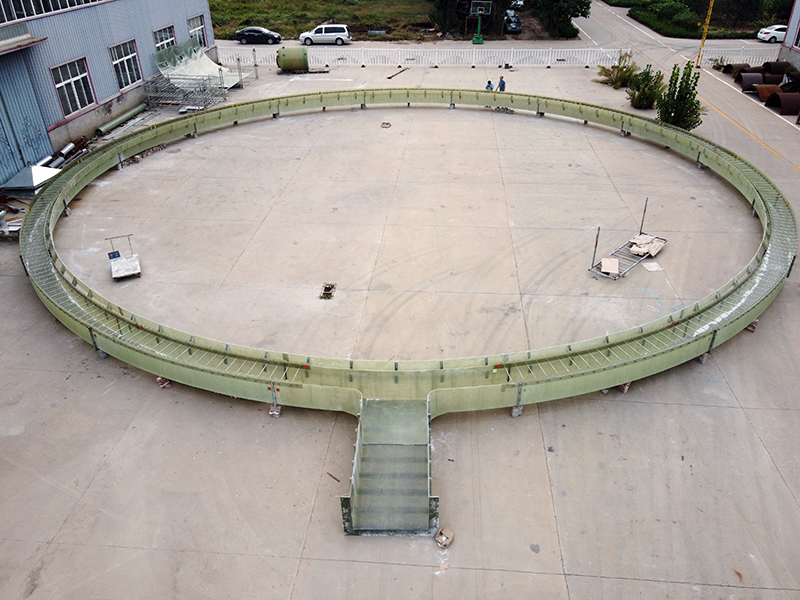
-
 Afrikaans
Afrikaans -
 Albanian
Albanian -
 Amharic
Amharic -
 Arabic
Arabic -
 Armenian
Armenian -
 Azerbaijani
Azerbaijani -
 Basque
Basque -
 Belarusian
Belarusian -
 Bengali
Bengali -
 Bosnian
Bosnian -
 Bulgarian
Bulgarian -
 Catalan
Catalan -
 Cebuano
Cebuano -
 China
China -
 China (Taiwan)
China (Taiwan) -
 Corsican
Corsican -
 Croatian
Croatian -
 Czech
Czech -
 Danish
Danish -
 Dutch
Dutch -
 English
English -
 Esperanto
Esperanto -
 Estonian
Estonian -
 Finnish
Finnish -
 French
French -
 Frisian
Frisian -
 Galician
Galician -
 Georgian
Georgian -
 German
German -
 Greek
Greek -
 Gujarati
Gujarati -
 Haitian Creole
Haitian Creole -
 hausa
hausa -
 hawaiian
hawaiian -
 Hebrew
Hebrew -
 Hindi
Hindi -
 Miao
Miao -
 Hungarian
Hungarian -
 Icelandic
Icelandic -
 igbo
igbo -
 Indonesian
Indonesian -
 irish
irish -
 Italian
Italian -
 Japanese
Japanese -
 Javanese
Javanese -
 Kannada
Kannada -
 kazakh
kazakh -
 Khmer
Khmer -
 Rwandese
Rwandese -
 Korean
Korean -
 Kurdish
Kurdish -
 Kyrgyz
Kyrgyz -
 Lao
Lao -
 Latin
Latin -
 Latvian
Latvian -
 Lithuanian
Lithuanian -
 Luxembourgish
Luxembourgish -
 Macedonian
Macedonian -
 Malgashi
Malgashi -
 Malay
Malay -
 Malayalam
Malayalam -
 Maltese
Maltese -
 Maori
Maori -
 Marathi
Marathi -
 Mongolian
Mongolian -
 Myanmar
Myanmar -
 Nepali
Nepali -
 Norwegian
Norwegian -
 Norwegian
Norwegian -
 Occitan
Occitan -
 Pashto
Pashto -
 Persian
Persian -
 Polish
Polish -
 Portuguese
Portuguese -
 Punjabi
Punjabi -
 Romanian
Romanian -
 Russian
Russian -
 Samoan
Samoan -
 Scottish Gaelic
Scottish Gaelic -
 Serbian
Serbian -
 Sesotho
Sesotho -
 Shona
Shona -
 Sindhi
Sindhi -
 Sinhala
Sinhala -
 Slovak
Slovak -
 Slovenian
Slovenian -
 Somali
Somali -
 Spanish
Spanish -
 Sundanese
Sundanese -
 Swahili
Swahili -
 Swedish
Swedish -
 Tagalog
Tagalog -
 Tajik
Tajik -
 Tamil
Tamil -
 Tatar
Tatar -
 Telugu
Telugu -
 Thai
Thai -
 Turkish
Turkish -
 Turkmen
Turkmen -
 Ukrainian
Ukrainian -
 Urdu
Urdu -
 Uighur
Uighur -
 Uzbek
Uzbek -
 Vietnamese
Vietnamese -
 Welsh
Welsh -
 Bantu
Bantu -
 Yiddish
Yiddish -
 Yoruba
Yoruba -
 Zulu
Zulu
mandrel
The Mandrel A Crucial Tool in Modern Manufacturing
In the world of manufacturing, precision and efficiency are paramount. One of the unsung heroes that contribute significantly to these qualities is the mandrel. This tool, often overlooked amidst more glamorous machinery, plays an essential role in shaping and forming materials, ensuring that final products meet stringent quality standards.
A mandrel is defined as a support or form used in various manufacturing processes to shape or hold workpieces in place. Typically, mandrels are employed in processes like bending, spanning, or holding cylindrical shapes, making them integral to industries ranging from aerospace to automotive. Their design can vary widely, with some being solid and others being hollow, depending on the specific application.
One of the primary functions of a mandrel is to facilitate the bending of materials without compromising their structural integrity
. For instance, when metal pipes are bent, a mandrel inserted inside the pipe can prevent the material from collapsing or kinking, ensuring that the bend is smooth and consistent. This is particularly crucial in industries where precise angles and diameters are necessary for safety and functionality, such as in the construction of aircraft components.mandrel

Moreover, mandrels are utilized extensively in the production of composite materials. When laying up composites, a mandrel can help maintain the shape of the structure until it cures, ensuring that it retains its intended form. Once the material has hardened, the mandrel can often be removed, leaving behind a perfectly shaped component.
In recent years, advancements in technology have further enhanced the capabilities of mandrels. Innovations such as computer numerical control (CNC) machining have allowed for the production of highly precise mandrels that can cater to intricate designs and specifications. This has opened up new possibilities for manufacturers, enabling them to create complex shapes that were once thought to be impossible.
The versatility of mandrels cannot be understated. They are used in a myriad of applications, from the production of gears and pulleys to the crafting of intricate jewelry. As manufacturing processes continue to evolve, the importance of mandrels remains steadfast, acting as a foundational element that empowers manufacturers to meet the demands of a rapidly changing market.
In conclusion, while mandrels may not receive the same level of attention as other manufacturing equipment, their contribution is undeniable. They are vital components that enable precision in shaping and forming materials, thus playing a crucial role in the manufacturing landscape. As industries continue to innovate, the humble mandrel will undoubtedly remain an indispensable tool in the pursuit of excellence.









